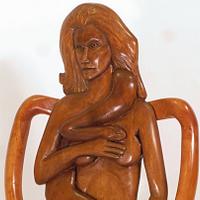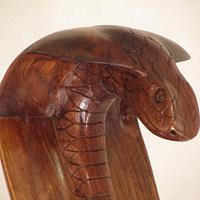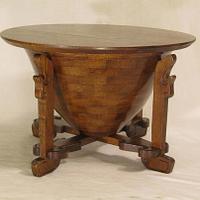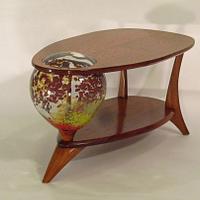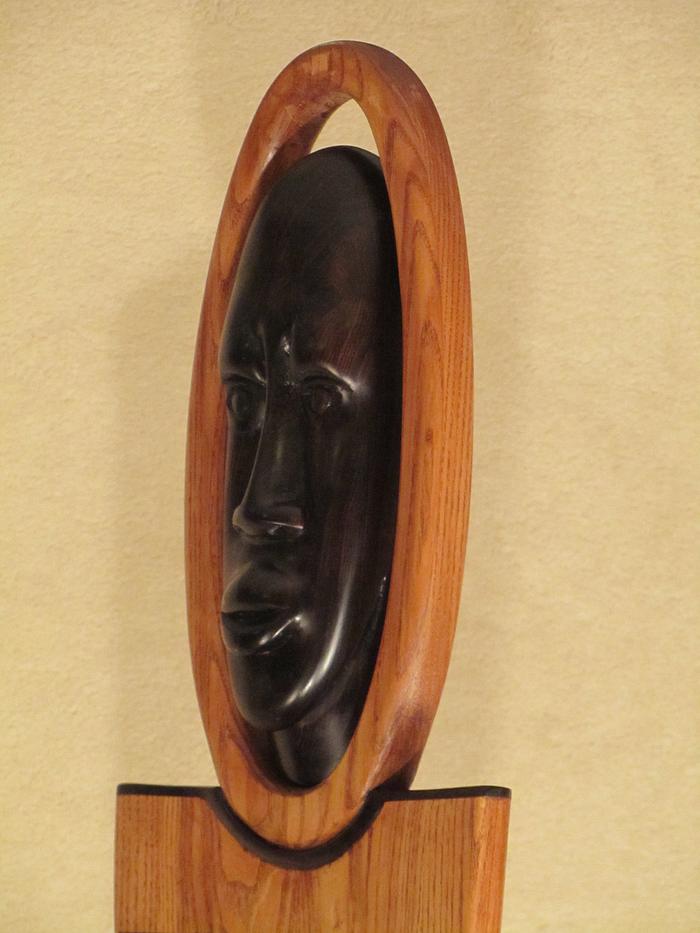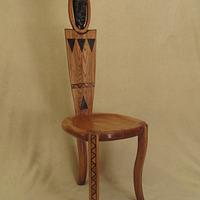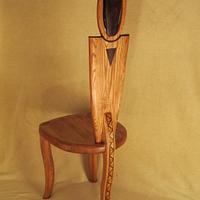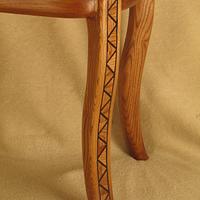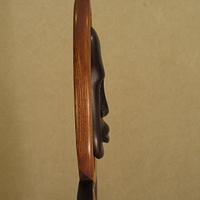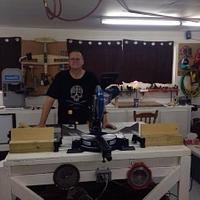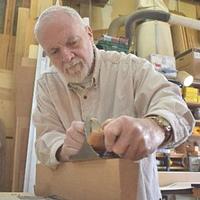Woodbridge
in over 11 years
More from Woodbridge
Tazanian Throne Chair
This is a project I completed a few years ago and is my interpretation of a Tanzanian Throne Chair. Of all the chairs I have built this is one of my favourites.
It was built for a fund raising charity auction for the CPPS Precious Blood missionaries who do work in Tanzania building schools and water wells. Friends, who volunteer each year to help with the work in Tanzania, brought some small pieces of ebony back with them from their 2011 trip to Tanzania. I agreed to build a chair for the 2012 charity auction.
I wanted to build a chair that had some connection with Tanzania and when I Googled “Tanzania” and “chair” several images of Tanzanian Throne Chairs came up.
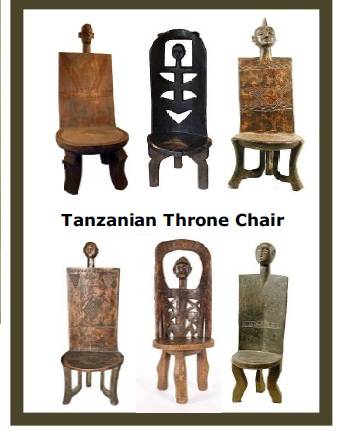
A Tanzanian throne chair is one of many styles of African thrones. The throne was an important piece of communal property taken out for important rituals and ceremonies. Thrones were used when a new chief was initiated, by the chief at important functions or when sitting in judgement.
The thrones, typically with three legs and a high back were carved from a single piece of wood. They were decorated with a carved male or female head on the top. Female thrones had a representation of breast on the throne back. The chairs were also adorned with various types carved geometric patterns carved on the backs, legs and the seat.
My chair is made from ash and ebony. When we installed the hardwood floor in our house several years ago we three boxes of the ash floor left over. Not enough to do another room so it was finally been put to a good use. The flooring was resawed to remove the finish and planed about 5/8 inch. It was laminated together to make up the various parts of the chair.
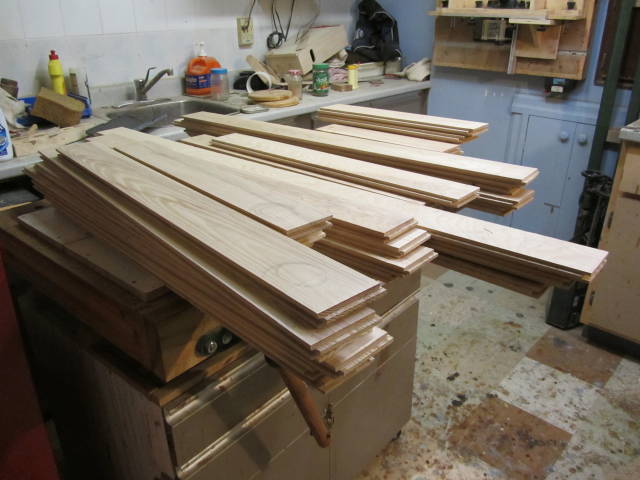
This chair shares many of the elements of the Tanzanian throne chair. It has three legs and a rounded and carved seat. The legs are joined to the seat with a “Maloof style joint”. The curved shape of the legs is similar to many of the chairs I have seen. The chair has a high back, about 1 inch thick, the front is concave, and the back is angled at 3 degrees to make it more comfortable.. The back is attached to the seat with two dowels and to the back leg with a biscuit joint and glue.
The chair is decorated with ebony inlays and an ebony carving. Instead of carving the typical triangle and diamond shaped patterns into the chair, I used the ebony inlays to represent these shapes. Many people ignore the back side of the chair, but I like to include some decorative elements on the backside of the chair, albeit somewhat simpler.
The carved ebony head is nestled in an oval frame which is part of the chair back. This was my first attempt at carving a human head, and it was modelled after a Rastafarian mask carving (sans dreadlocks) that we brought back from a visit to Jamaica, while keeping the more “primitive” style typical of these types of throne chairs.
— Peter, Woodbridge, Ontario
5 Comments
work of art!
Abbas, Castro Valley, CA
That is beautiful. Certainly a lot more refined than the originals.
You do very, very nice work.
The early bird gets the worm but its the second mouse that gets the cheese.
Absolutely lovely! I can’t help but envy anything decorated with ebony, it’s my all time favourite. Your skills as always are impeccable.
CHRIS, Charlottetown PEI Canada. Anytime you can repurpose, reuse, or recycle, everyone wins!
Peter,
How in the heck did I miss this masterwork? It’s a “Wow!” Piece sir.
Thomas J. Tieffenbacher/aka docSavage45
Another great art chair.
woodworking classes, custom furniture maker









